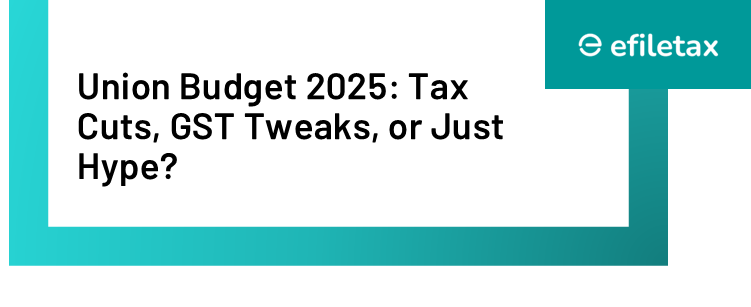
Introduction
As Finance Minister Nirmala Sitharaman prepares to unveil the Union Budget 2025, businesses, taxpayers, and industry leaders are eagerly anticipating significant policy shifts. This year’s budget must navigate a delicate balance between fiscal discipline and economic growth while addressing public expectations on taxation, subsidies, and regulatory reforms.
Income Tax Reforms: What to Expect?
One of the most anticipated aspects of the budget is income tax relief for salaried individuals, middle-class taxpayers, and businesses. Based on expert insights and economic trends, the following tax changes are likely:
1. Revision in Tax Slabs
- Taxpayers expect an increase in the basic exemption limit under both the old and new tax regimes.
- There is speculation that the government may raise the tax-free income threshold to ₹10 lakh to increase disposable income.
- A revision in 80C deduction limits, currently capped at ₹1.5 lakh, could encourage higher savings and investments.
2. Standard Deduction Expansion
- Salaried individuals and pensioners are looking forward to an enhancement in the standard deduction, currently ₹50,000.
- Increasing this limit will ease tax burdens, especially in light of rising inflation.
3. Home Loan Interest Deductions
- The government may introduce higher tax benefits for home loan interest payments, particularly for first-time buyers.
- This could help boost the real estate sector while making housing more affordable.
GST and Indirect Tax Updates
1. Rationalization of GST Rates
- The budget might address the long-pending demand for GST rate rationalization, simplifying compliance for businesses.
- Essential commodities and services could see reduced tax rates, making them more affordable.
2. GST Exemptions for Digital Transactions
- With the rise of digital payments, transactions below ₹2,000 via payment aggregators may continue to enjoy GST exemptions to promote cashless transactions.
- This aligns with the government’s vision for a Digital India.
Subsidies and Economic Relief Measures
1. Increased Subsidy Allocation
- With rising inflation, the government may increase budget allocations for food, fertilizer, and cooking gas subsidies to help low-income households.
- Reports suggest a possible 8% rise in overall subsidies compared to the previous year.
2. Agriculture and Rural Economy Support
- The government is likely to boost spending on rural infrastructure, irrigation, and farm subsidies.
- Financial support for MSMEs and agritech startups could also be introduced to enhance rural employment.
Privatization vs. Public Investment
1. Shift Away from Aggressive Privatization
- Unlike previous years, the government is reconsidering its privatization strategy.
- Instead of selling stakes in state-owned enterprises, the focus will be on reviving loss-making PSUs through targeted investments.
- A ₹1.5 billion rescue package for select state-run enterprises has been proposed.
Legal and Compliance Reforms
1. Supreme Court’s Ruling on Tax Treaties
- The Supreme Court has recently ruled that a notification under Section 90(1) of the Income Tax Act is mandatory to enforce any tax treaty or protocol.
- This clarification ensures greater tax certainty and compliance for multinational businesses and foreign investors.
Industry Expectations
Different industries have specific expectations from the budget:
| Sector | Key Demands |
|---|---|
| Startups & MSMEs | Simplification of tax filing, relaxation in compliance norms |
| Technology & AI | Greater investment in AI research and digital infrastructure |
| Manufacturing | Incentives under Make in India and PLI schemes |
| Healthcare | Increased funding for medical infrastructure and lower GST on medical supplies |
Conclusion
The Union Budget 2025 is expected to focus on taxpayer relief, economic growth, and strategic investments in priority sectors. While fiscal prudence remains a challenge, the government is likely to adopt proactive policies to foster economic stability.